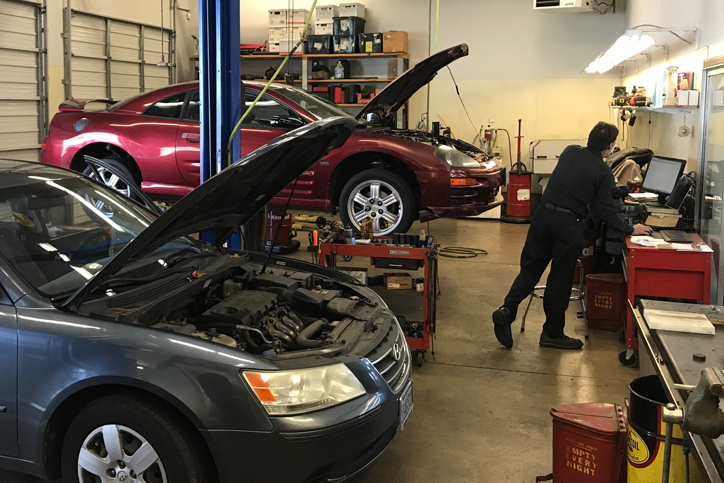How to Identify and Resolve Common Problems in Japanese Cars
December 13, 2024
Japanese auto repair has evolved over the decades, reflecting the growth of Japan’s automotive industry and its global influence. Japan, home to some of the most well-known car manufacturers such as Toyota, Honda, Nissan, and Subaru, has long been a leader in automotive technology and innovation. This influence has naturally extended to the repair and maintenance of Japanese vehicles, creating a unique ecosystem of auto repair practices that blend cutting-edge technology with traditional craftsmanship.

The automotive industry in Japan first gained prominence in the 20th century, with Japanese manufacturers making significant advancements in vehicle design, engineering, and production. These early strides led to the rapid expansion of the domestic automobile market, and by the 1960s, Japanese vehicles were being exported worldwide. As the number of Japanese cars on the road increased, so did the demand for specialized auto repair services tailored to these vehicles.
In Japan, auto repair shops quickly adapted to the increasing complexity of the vehicles they serviced. This shift included the incorporation of advanced diagnostic tools and computer-based systems for troubleshooting engine performance, electrical systems, and other critical components. The introduction of these technologies dramatically improved the efficiency and accuracy of repairs, allowing technicians to address issues more effectively and reduce repair times.
At the same time, the Japanese approach to auto repair has remained rooted in a deep respect for quality and precision. Many Japanese repair shops emphasize craftsmanship, attention to detail, and a dedication to maintaining the integrity of the vehicle. This philosophy has helped foster a strong sense of trust between repair shops and customers. In Japan, it is not uncommon for car owners to build long-lasting relationships with their repair technicians, who they rely on for expertise and honest service.
In recent years, the evolution of electric vehicles (EVs) and hybrid cars has added a new layer of complexity to japanese auto repair. As global interest in eco-friendly vehicles has grown, Japanese manufacturers have pioneered the development of hybrid and electric models, such as the Toyota Prius and Nissan Leaf. These vehicles, which rely on advanced electrical systems and batteries, require specialized knowledge and tools for maintenance and repair. To meet this new demand, many auto repair shops in Japan have expanded their services to include EV and hybrid vehicle repairs, incorporating new training programs and technology.
Moreover, Japan’s focus on sustainability has influenced the auto repair industry. Many repair shops have adopted environmentally friendly practices, such as recycling parts, using eco-friendly lubricants, and minimizing waste. This commitment to sustainability is part of a broader cultural emphasis on environmental responsibility, which is deeply embedded in Japanese society.
In terms of customer service, Japanese auto repair shops are renowned for their exceptional standards. Customers are often treated with the utmost respect, and the repair process is characterized by transparency. Many shops provide detailed explanations of the repairs needed, offer cost estimates upfront, and ensure that customers are kept informed at every step of the process. This high level of professionalism and service is one of the key factors that sets Japanese auto repair apart from other regions.
Overall, the Japanese auto repair industry represents a successful fusion of technological advancement, skilled craftsmanship, and customer-centric service. As Japanese car manufacturers continue to lead in innovation, the repair sector will undoubtedly keep evolving, ensuring that both traditional vehicles and the latest electric models are maintained with the same high standards of excellence.
